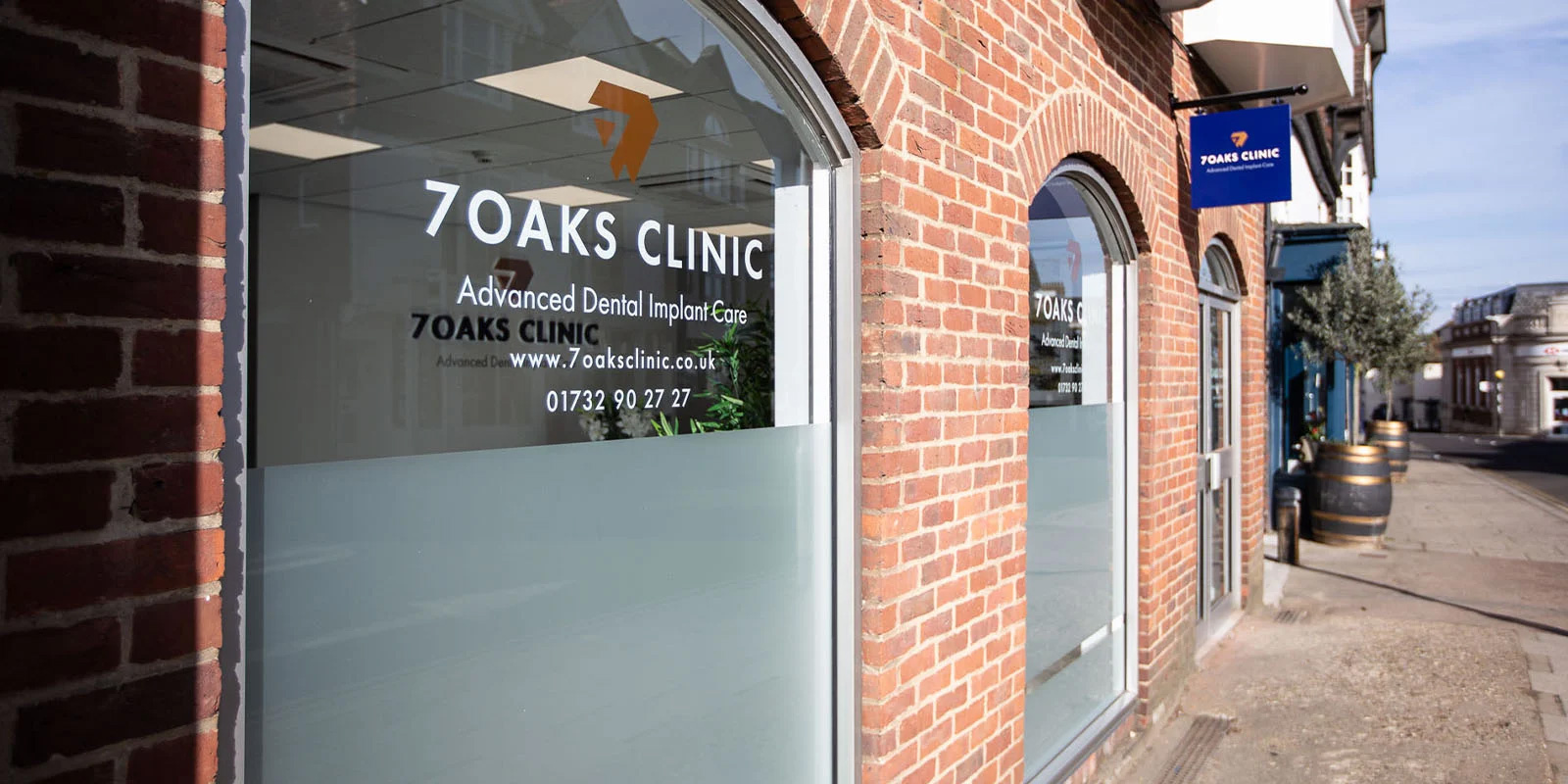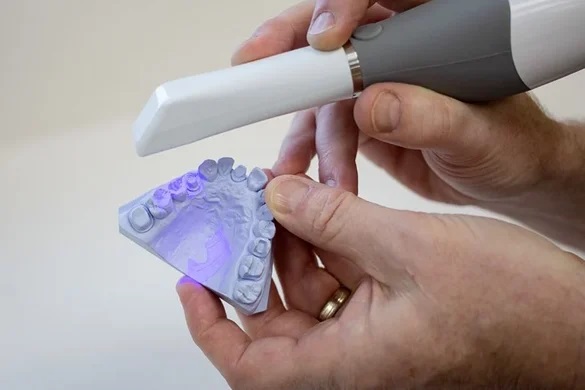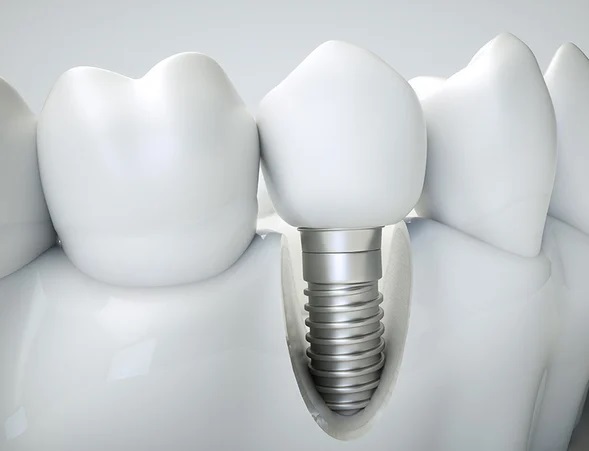
7oaks Clinic Blog features news and industry insight around dental implants and dental implant technology

Published by 7oaksclinic blog on 10 September 2021 8:07 am

When you are missing a single tooth or multiple teeth there are a number of replacement options that can be offered. Gary has outlines exactly what the differences are below, to help you decide what is best for you.
Dental implants
A dental implant provides the ultimate tooth replacement and is the closest option to the real tooth that has been lost. The chewing forces are transmitted to the bone and the presence of the dental implant helps to retain the supporting bone and gum, reducing bone shrinkage over time.

Dental implants are very durable and will last many years. They do not suffer from decay, and because they are made of Titanium they do not suffer from corrosion and are not affected by sugar, acid and bacteria in the mouth. Dental implants also help preserve the bone and gum after a tooth has been lost. They do, however, like teeth require good oral hygiene in order to avoid long term problems.
Dental implants can be used to support fixed crowns and to prevent movement of dentures for those that have had the older more traditional denture provided previously.
Fixed Bridges
A bridge can be attached to the teeth either side of a gap in the mouth. A bridge does offer a fixed alternative, but requires the other teeth to be strong enough to support the restoration.
Dentures
A removable denture is often offered. They are, of course, the “old fashioned” way of replacing missing teeth. The first recorded denture was made in around the 7th century B.C.
Dentures are difficult to wear as they move whilst chewing and very few people get on well with wearing them.
Dentures collect bacteria and increase gum problems around the remaining teeth and they put pressure on the bone and gums and cause additional loss of bone structure. We are all aware of the effect of losing teeth and the collapsing of the facial bone structure.
In short, a dental implant is the ideal solution for the replacement of a lost tooth, offering an independent restoration causing not harm to the surrounding teeth and, in turn, working to preserve the bone and gum and preventing loss of facial structure.
Fancy a free consultation? Click here to get in touch!